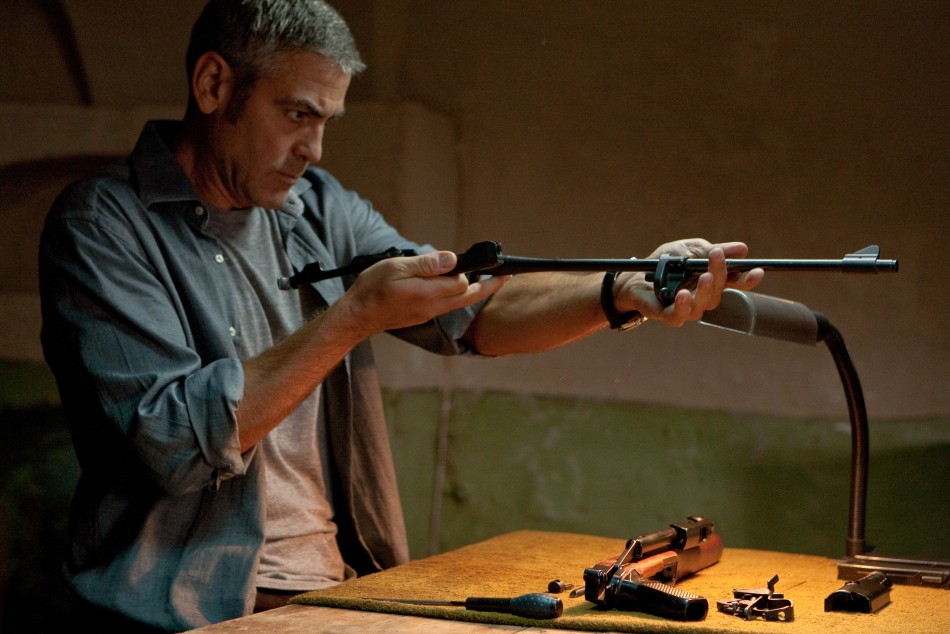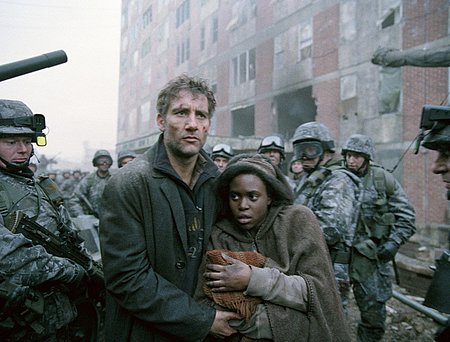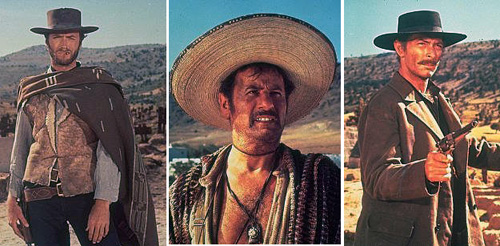The Case for a Slow Food Movement for Movies
That blog title up there sounds a bit strange, doesn’t it? Short of popcorn or “dinner and a movie” dates, what does film have to do with food? The answer is this: just as we needed a “slow food” movement to oppose the desire for lightning-fast, unhealthy fast food, we need a similar trend in moviemaking.
At the risk of sounding old-fashioned, there are too many movies that bombard the audience with high-calibre action and incomprehensible visuals. There’s something to be said for a flick that takes its time, slowly building the tension and carefully blending drama with action. In movies like these, the action is more powerful, and the viewer’s connection to the characters is more intense.
As a caveat to the rest of the article, I’m focusing on several specific genres. My argument applies mostly to action films, thrillers and adventure movies. Dramas, period pieces and comedies are mostly exempt, because they are paced differently.
The former group needs the most correction because they are always the genres with senseless special effects and numbing pacing. I believe that if we can have exhilarating action in smaller doses, each and every scene will resonate better.
The slow food metaphor works like this. The Slow Food Movement began in 1986, founded by Italian writer and editor Carlo Petrini. Petrini and his followers recommend a more measured way of eating, choosing locally sourced ingredients and (unsurprisingly) trying to slow down how people eat. They see food less as a fuel and more as an experience, meant to be savoured.
Thinking of the slow food movement, I recently watched two very good action movies. The first was the newly-released Drive, which I reviewed last Sunday. The second was Anton Corbijn’s The American, starring George Clooney.
Both of these movies represent the kind of moviemaking I’m pushing for. They are paced in such a way that long sections of slow, quiet action are punctuated by brief, intense periods of violence. This approach keeps you riveted to the screen. You are not desensitized to the violence, or bored by the slow sections. Instead, the two extremes are more genuine than anything mainstream movies can offer.
Drive is a tersely told film about a stunt/getaway driver, a picture that is very restrained in its use of dialogue. Scenes between Driver and his neighbour Irene stretch simple statements into powerful exchanges, broken up by (occasionally excessive) snippets of violence. It reminded me of eating a well-prepared meal: quiet consideration of the various dishes, accompanied by bold dashes of flavour.
The American takes this concept even further. The espionage/assassin movie has similar flow as Drive, but is set in Italy. Not only do we get an intelligent film with a measured pace, but it is filled with the imagery that originally accompanied (or perhaps inspired?) the slow food movement. This is not to say that all “slow movies” need an Italian backdrop, but it’s interesting that a film as effective as The American would be set in the country that pushed for a slower, less overwhelming lifestyle.
We shouldn’t aspire to purging cinemas or home theatres of all big-budget, adrenaline-infused movies. Certainly, if you’re in the mood for a Michael Bay film, go right ahead. Even I don’t always want a heavy film to chew on – just check out my recent comments on The Core. I am simply impressed by the effect these slow movies have on me.
I thought I might already be desensitized to the action presented in popular action fare. These slow movies proved that action, if employed well and balanced with sufficient drama, can still have an impact on the most seasoned moviegoers.
With that in mind, what other flicks can we add to the pantheon of slow movies? Try Duncan Jones’ Moon, Alfonso Cuarón’s Children of Men or Sergio Leone’s The Good, The Bad and The Ugly. Check out Steve McQueen in Bullitt, Robert Redford in Three Days of the Condor or Jack Nicholson in Chinatown.
These films, and many more besides, are all very judicious in their pacing and use of action, and can therefore be considered as part of the “slow movie movement”. They oppose the predominant attitude that action/thrillers need to be loud, relentless and light on style or substance.
It’s certainly not a new style of filmmaking, but something I believe we need more of. Just as people space out refined, naturally sourced meals with fast food, so too do we need a better balance between restrained action films and explosive tentpole features. That’d be a spread I’d be more willing to digest.
-
I’d like to hear from you on this topic. Is my connection between slow movies and slow food too much of a stretch? Do you agree that there should be a push for more movies like Drive and The American? Or do you find these sorts of movies too much to handle? Join the conversation below, or browse through my related movie commentary:






